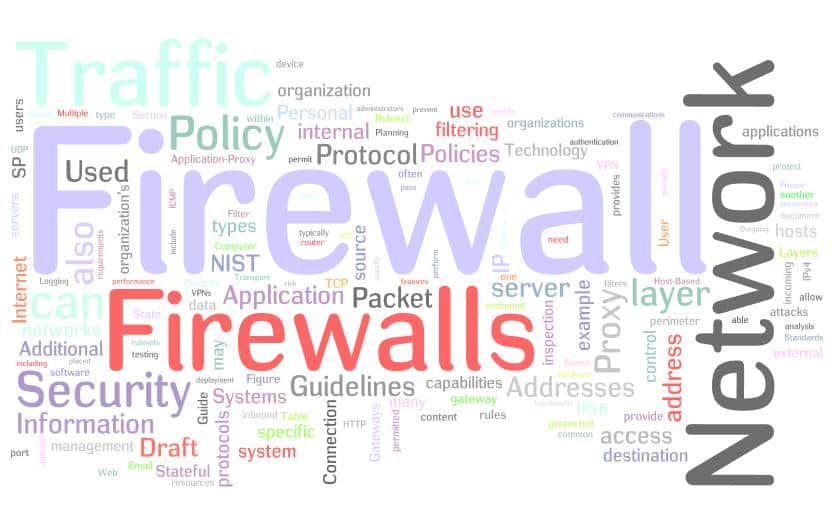Application Connectivity Management System Has Brought a Drastic Change in Firewall Policy Management

Application connectivity refers to the process of connecting different systems and application programs.
In most cases, different application programs come with a different programming language and operating system. There should be some common rules to combine these different application programs for sustainable and steady communication. An application connectivity management system does exactly the same while enhancing the safety and security of your business network.
In this post, we will discuss the challenges of application connectivity and tell you the benefits that it provides. Keep reading till the end to get a detailed view.
Challenges of application connectivity:
When you do application connectivity related activities manually, it will burn plenty of your network security team’s precious time. Activities such as the deployment of new applications, server access updating, application decommissioning, identifying connectivity issues- these are really time taking and strenuous.
Most of the policy requirements and maximum firewall policy modifications are application-based. So, the process of application decommissioning and deployment takes a longer time.
Thus, many businesses face interruption in application connectivity due to amendments in network configuration.
The invention of the firewall has crossed almost 20 years and the management of firewalls has changed very little. However, the thing that has truly changed drastically is the complication of the operation.
Today’s businesses operate plenty of routers and firewalls with security rules.
The problems related to network topology has been increased. Today’s firewall policies come with hundreds of regulations and businesses are getting more dependable on applications.
In addition, each application has its own unique requirements and architecture.
These issues, by getting together, increase the chance of time waste, error, and service disruption.
Thus, it takes more time for the security team to address the problem. And in today’s fast-running business, wasting time is equal to losing money.
Benefits of application connectivity management:
These above-mentioned challenges have made it clear that a paradigm shift is highly needed to address the issues and properly manage firewall policies.
An application connectivity management approach is thus very helpful to split firewall and router policies from business prerequisites. It automatically analyzes firewall policy changes and aligns applications with it.
So, you can identify, monitor, update, or eliminate applications with no trouble.
It offers an unparalleled insight about the connectivity requirements of an application so that you can boost up your service delivery and ensure business sustainability while making network operations a simple task with continuous monitoring of compliances.
With it, you can see the map of your network system in real-time. It also converts non-technological business-related necessities into networking terms and allows you to evaluate the effect of alterations on application connectivity and security.
Final thought:
An application connectivity management approach is highly recommended if you want to speed up your business activities. It truly provides an array of business benefits. First of all, it saves a lot of time.
In addition, it transfers manual labor into automation, thus helps you save a lot of money. So, in today’s business, application connectivity has become a must-have instrument.





